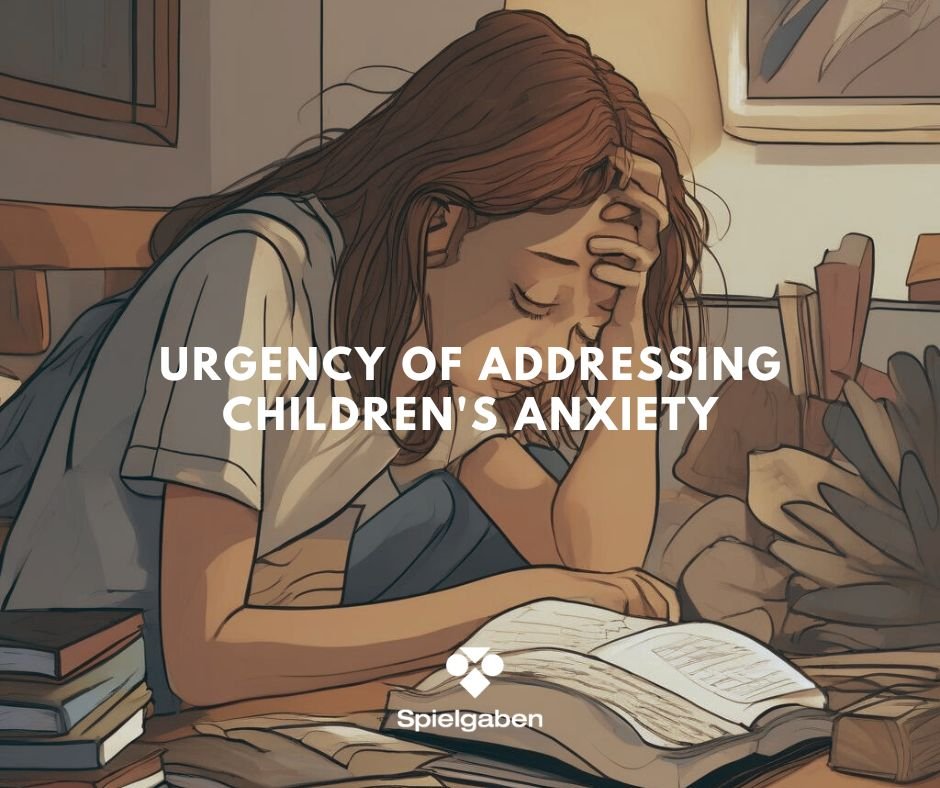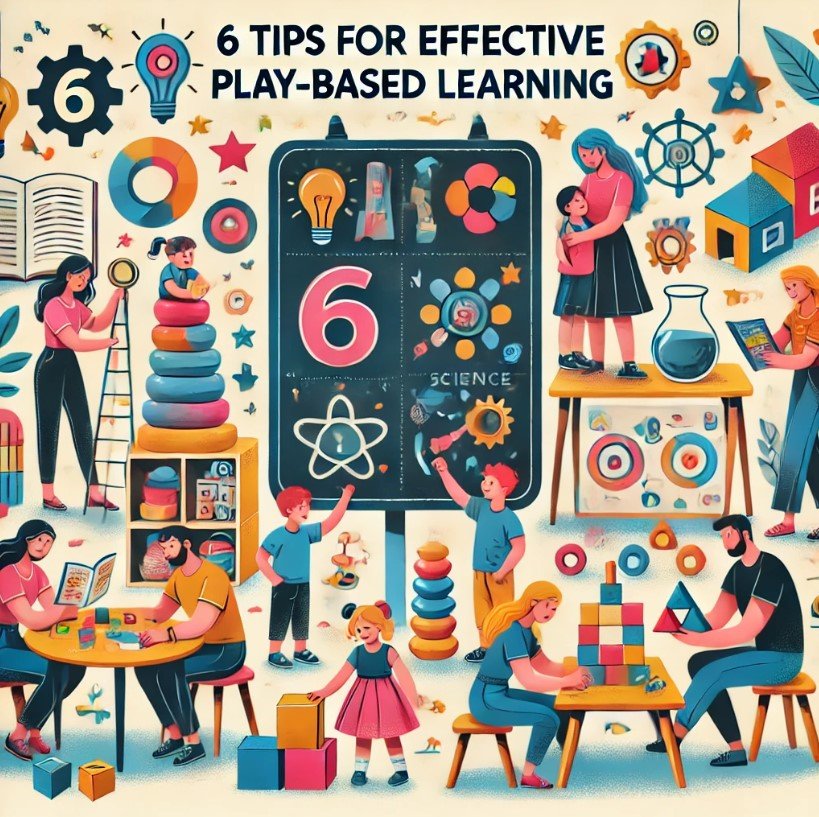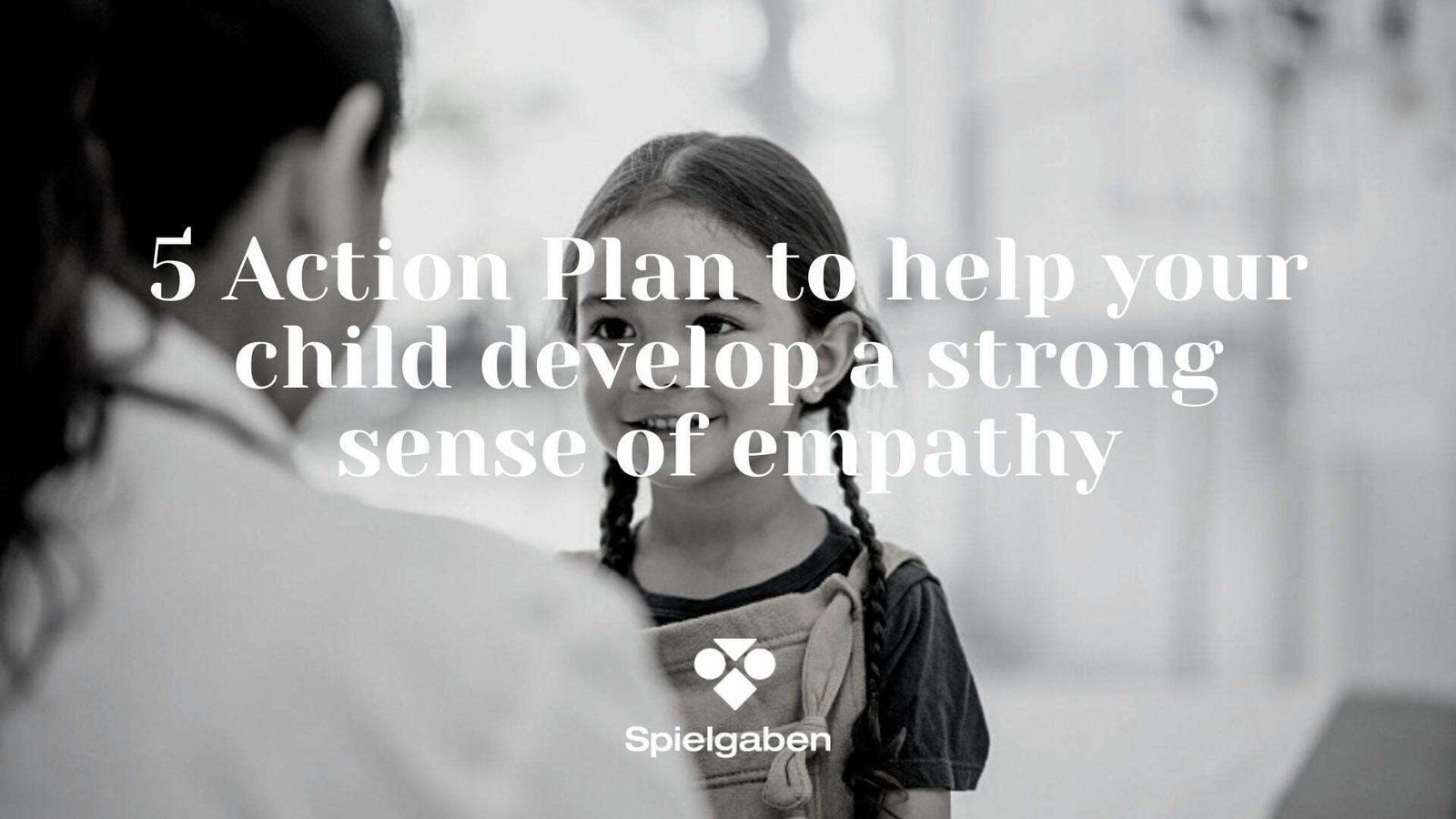Urgency of Addressing Children’s Anxiety: A Guide for Parents to Help Their Children
Anxiety is a pervasive emotion that affects everyone at one time or another. For some children, especially teens, anxiety can become a chronic and debilitating condition—an anxiety disorder.
Understanding how to address and manage anxiety can empower parents to support their children effectively. This article provides a comprehensive guide on understanding anxiety, recognizing its types, and implementing practical steps to help children work through their anxiety, particularly the fear of failure.
The Urgency of Addressing Children’s Anxiety
Dealing with children’s anxiety is not just about improving their daily quality of life; it is a crucial intervention that can prevent severe consequences, including suicide. According to the Centers for Disease Control and Prevention (CDC), suicide is the second leading cause of death among individuals aged 10-24 in the United States.
Many of these tragic cases are linked to untreated mental health issues, including anxiety and depression. Addressing anxiety early on can help children develop coping mechanisms, build resilience, and reduce the risk of severe mental health crises. As parents, understanding and intervening in your child’s anxiety can be life-saving.
Understanding Anxiety and Its Types
Anxiety can manifest in various forms, and it’s crucial to recognize the different types to tailor the approach accordingly. Here are the main types of anxiety disorders:
1. Generalized Anxiety Disorder (GAD): Characterized by persistent and excessive worry about various aspects of life, leading to restlessness, irritability, and difficulty concentrating.
2. Panic Disorder: Marked by sudden and intense episodes of fear, accompanied by physical symptoms such as chest pain, heart palpitations, and shortness of breath.
3. Social Anxiety Disorder: An intense fear of social situations, stemming from the worry of being judged or humiliated by others.
Cognitive Behavioral Therapy (CBT): A Proven Approach
Cognitive Behavioral Therapy (CBT) is one of the most effective treatments for all types of anxiety. It helps individuals recognize and challenge distorted thought patterns, gradually facing their fears and reclaiming control over their lives. As parents, understanding and incorporating CBT principles can be highly beneficial in supporting your child.
We will discuss this more in details later article because it is important technique to learn and if you would like to know more, here is the link for further reading.
Addressing the Fear of Failure
One significant aspect of anxiety that resonates with many children is the fear of failure. When anxiety is entangled with a deep-seated fear of failure, it can create a paralyzing loop of negative thoughts and avoidance behaviors. Here’s an actionable guide to help your child work through this fear:
Step 1: Identify the Task
Pick a task or project where your child thinks fear of failure may be a factor. Set aside 15 minutes in a quiet place where you can reflect on this uninterrupted.
Step 2: List Catastrophic Fears
On paper or in a journal, ask your child to write down their most catastrophic fears in this area. What are the worst things that could happen if they fail? Encourage them to let their imagination run wild and acknowledge any sensations of anxiety or dread that arise.
Step 3: Identify Exciting Aspects
Once the list of fears is exhausted, change tack. What excites your child about this project? Start listing all the good things that could happen if they attempt this task, upcoming exam, or test. This helps shift focus from fear to potential positive outcomes.
Step 4: Plan Action Steps
Ask your child to list three actions they could take to move the task forward. Is there anyone they could ask to help them with this? Breaking the task into smaller, manageable steps can make it less daunting and more achievable.
Step 5: Develop Coping Strategies
Revisit the scenarios your child fears. Challenge them to envision how they would cope if the worst-case scenario actually came to pass. What would they do? How would they support themselves emotionally and practically? What inner and outer resources could they draw upon?
Step 6: Reflect on Past Resilience
Encourage your child to reflect on their track record of facing difficulties in the past. Remind them of times they have weathered failure, disappointment, or hardship and emerged on the other side. This evidence of their resilience can offer a counterpoint to their catastrophic fears.
Based on above steps, we recommend below daily practical strategies to ensure your child develop own capacity to handle whatever adversity, and failure ahead.
Practical Daily Strategies for Parents
1. Encourage Open Communication: Create a safe and open environment where your child feels comfortable sharing their anxieties and fears. Listening without judgment is key.
2. Model Self-Compassion: Demonstrate self-compassion in your own life. Children learn a lot by observing their parents. Show them how to be kind to themselves during difficult times.
3. Promote Healthy Habits: Ensure your child gets enough sleep, eats a balanced diet, and engages in regular physical activity. These factors significantly impact mental health.
4. Teach Relaxation Techniques: Introduce your child to relaxation techniques such as deep breathing, progressive muscle relaxation, or mindfulness meditation. These can help them manage anxiety in the moment.
5. Set Realistic Expectations: Help your child set realistic goals and understand that it’s okay not to be perfect. Celebrate efforts and progress rather than just outcomes.
6. Encourage Positive Self-Talk: Guide your child in recognizing and challenging negative self-talk. Encourage them to replace it with positive affirmations and constructive thoughts.
7. Provide a Supportive Environment: Create a supportive home environment where your child feels valued and understood. Encourage hobbies and interests that boost their confidence and provide a sense of accomplishment.
8. Seek Professional Help When Needed: If your child’s anxiety becomes overwhelming, consider seeking help from a mental health professional. Therapy can provide additional tools and support for managing anxiety.
Conclusion
By letting your child directly confront their worst-case fears in a structured and supportive way, they begin to expose these fears as distorted and exaggerated. This process helps them reconnect with their capacity to handle adversity, and failure starts to lose some of its paralytic power.
As parents, you play a crucial role in helping your child develop resilience and cope with anxiety. Through open communication, practical strategies, and a supportive environment, you can guide your child towards a healthier and more confident future. Remember, building strength and resilience through self-compassion and actionable steps is a journey, and every small step forward is a victory.













LEAVE A COMMENT